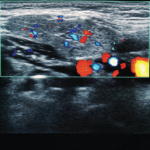As practice administrator for the past nine years at Emerald Coast Rheumatology in Lynn Haven, Fla., Andre Smith has worked to expand what was a single-provider, three-employee practice into an 8,000-square foot rheumatology clinic and 18-chair infusion center with two additional providers. Although not all rheumatologists have a practice administrator on staff, those who do…






